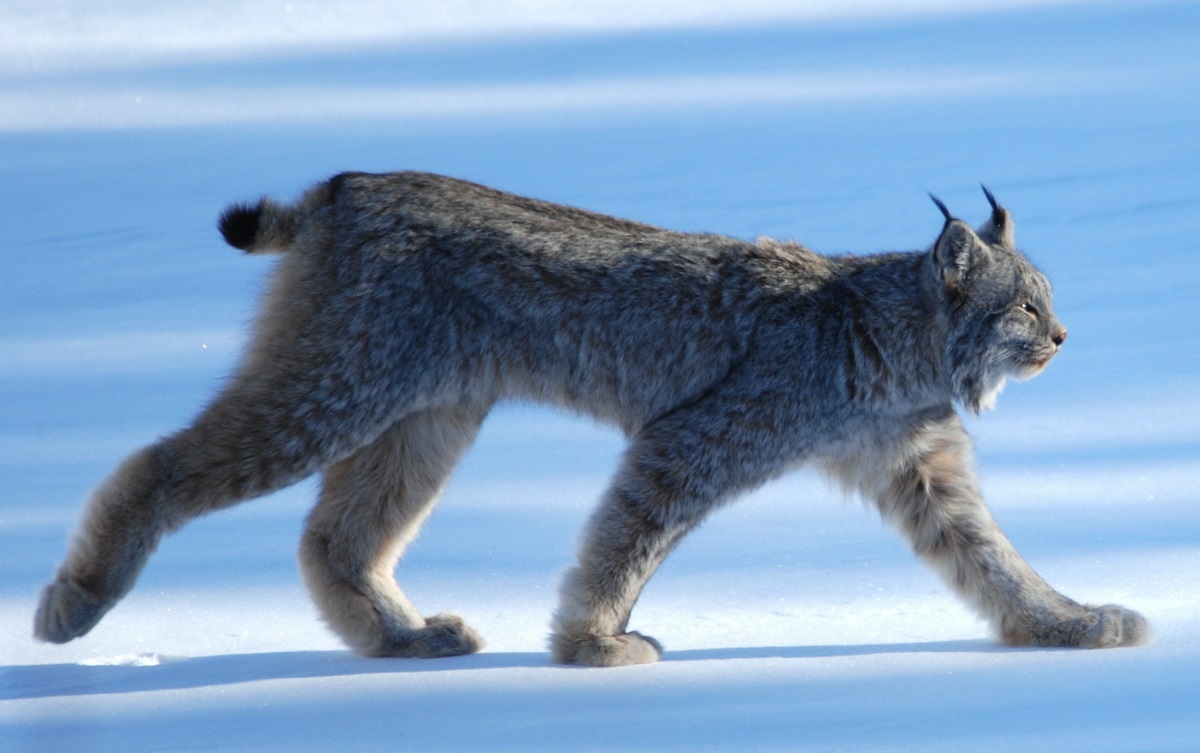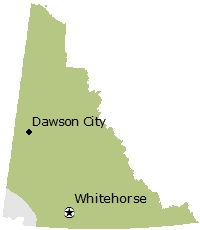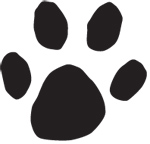
Credit: Keith Williams
Name
- Common name: Canada Lynx
- Scientific name: Lynx canadensis
- Order: Carnivora
- Family: Felidae
Also known as
Lynx
Viewing opportunities
- It is easier to find lynx when Snowshoe Hare populations high. Look for large, round single file tracks in the snow.
- Lynx can sometimes be seen hunting at the edges of roadsides or clearings.
Description
- Feline face with black ear tufts and under-chin facial ruffs.
- Buff-coloured under-fur and long grey guard hairs gives it a silvery look.
- Short compact body, long legs.
- Small bobbed, black-tipped tail.
- Disproportionally large, well-furred feet.
Fast facts
- Length: 90 cm
- Weight: 10 kg
- Lifespan: 10 to 15 years
- Predators: Wolves, Wolverines, eagles (mostly kittens), humans
- Habitat: Boreal Forest
Conservation status
- Yukon: S5 (Secure)
- Global: G5 (Secure)
Yukon population estimate
Not determined.
Behaviour
Lynx populations closely follow the Snowshoe Hare, rising and falling in cycles. When food is good they stay in centralized locations. During low years they may roam hundreds of kilometres away from their home ranges. Lynx are solitary for most of the year, but family groups consisting of a female with 1 to 5 kittens may be seen together in late summer and winter. Lynx modify spaces in crevices or under ledges for denning.
Diet
Snowshoe Hare, small mammals, birds and deer.
Distribution

Sights and sounds

Lynx tracks, front: 10 x 9.5 cm.
Lynx and people
- Lynx are economically the most important furbearing animal in the Yukon, because their fur is highly valued in international markets.
- Lynx fur is traditionally used by Yukon First Nations for ceremonial cloaks and robes.
- Lynx are excellent hunters and can quickly steal into a backyard and leave without being noticed. Small pets should always be kept on a leash or supervised if you live near a greenbelt.